When it comes to how to choose a drill pipe, people in the industry know best. No matter what you choose, you must first consider suitability, because the drill rod is used to match the drilling rig. If the drill rod you choose cannot match the drilling rig, no matter how good the drill rod is, it will be idle. So, how do you view the matching of drill rods and drilling rigs? Some friends think that as long as the drill rod and the drilling rig can be connected, it can be used, while others think that there is a certain rule between the two. In fact, these are just amateur ideas and lack basis.
Common drill pipe types and applicable scenarios
Take geological drill pipe, geological spiral drill rods, high-efficiency spiral drill rods and triangular drill rods as examples.
1. Geological drill rods can be used for a variety of geological work. This product has high durability and can be used for a very long time. At present, as far as this product of Ningbo Zhedong Geological Equipment is concerned, it has become a more popular type in the market.
2. Geological spiral drill rods are mainly suitable for deep hole drilling construction in medium-hard and above geological conditions, and have good slag removal function;
3. High-efficiency spiral drill rods are suitable for drilling and
drilling for water and gas exploration in coal seams and near-coal seams. They are light in weight, quick to connect, and fast in slag removal speed;
4. Triangular drill rods are the first choice for deep hole drilling in soft geology and soft coal seams.
Obviously, each type of drill rod has its own unique advantages. Only by mastering the characteristics and application range of each product can we "match the number" and choose the most suitable match for the drilling rig we own.
Key basis for drill pipe selection
Petroleum drill rod repair is currently a relatively mature technology. First, the scrapped pipes are preliminarily classified, and the drill rods with less serious scrapping are preliminarily selected for straightening. Then, the straightened drill rods are drilled through and cleaned for flaw detection. After straightening and flaw detection, drill rods with basically intact pipe bodies are selected. Drill rods with intact or directly repairable couplings are rethreaded as needed, and couplings are cut for drill rods with scrapped couplings. The cut drill rods are then welded to the new couplings by friction welding after the end faces are repaired. The repaired drill rods are then tested for flaws and pressure, and are required to meet the requirements of the standard SY/T5561-2008 friction welding drill rod standard, and the repaired rods are marked.
1. Select drill rods of appropriate specifications and models according to the torque, push-pull force, and allowable smaller curvature radius of the drilling rig.
2. Avoid connecting large-diameter drill rods to small-diameter drill rods during construction (i.e., mixing large and small drill rods) to prevent small drill rods from being broken or deformed due to insufficient strength.
3. When clamping the drill rod with a vise, do not clamp the female buckle part of the female joint to prevent the female buckle from being deformed by clamping.
4. When installing the drill pipe, the pre-tightening force of the buckle should be controlled within 15MPa to prevent the difficulty of unfastening due to excessive pressure. Avoid using fire to burn the joint, which will reduce the mechanical properties of the joint (especially the female joint) and affect the service life. Without pre-tightening, the threaded connection swings, causing the threads to grind against each other and become sharp, and the side ridges to form, resulting in thread damage or sticking. Without pre-tightening, the female buckle step is not tightened, which may cause fatigue fracture of the male joint thread root. Under the action of high-pressure liquid flow, the female joint is pierced, resulting in puncture, which is easy to cause longitudinal cracking of the female joint.
5. Before installing the drill pipe, clean the male and female buckles and apply thread oil (thread oil cannot be replaced by other waste oil or inferior pressure oil) to prevent premature wear or damage of the male and female buckles.
6. Before installing the drill pipe, clean the waterway hole to prevent debris from blocking the channel and causing pressure in the mud system.
7. Be careful not to force the buckle. When fastening, the male thread cannot impact the shoulder and thread of the female thread, and the male and female joints must be aligned. Ensure the coaxiality of the drill rig's breaker and the power head spindle.






 English
English Español
Español بالعربية
بالعربية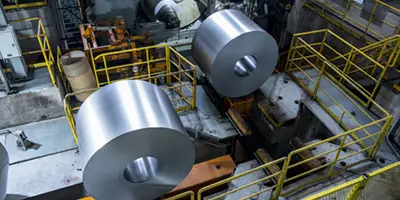

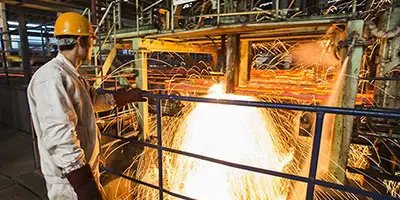
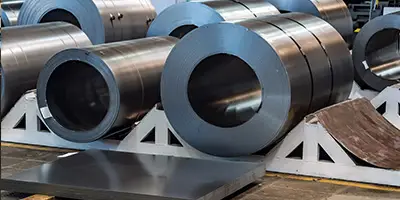

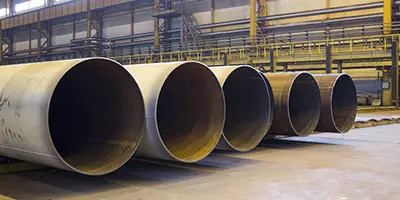
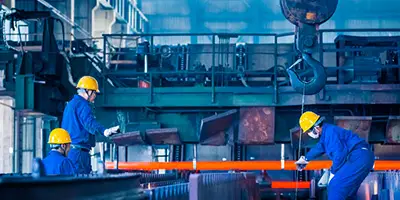
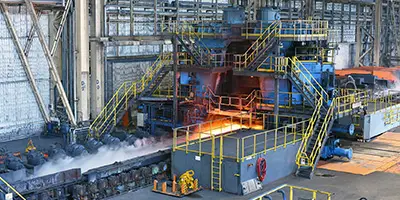
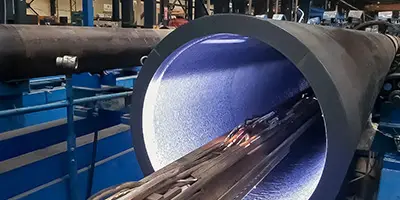
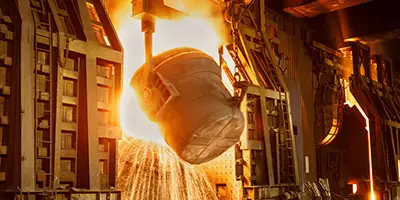

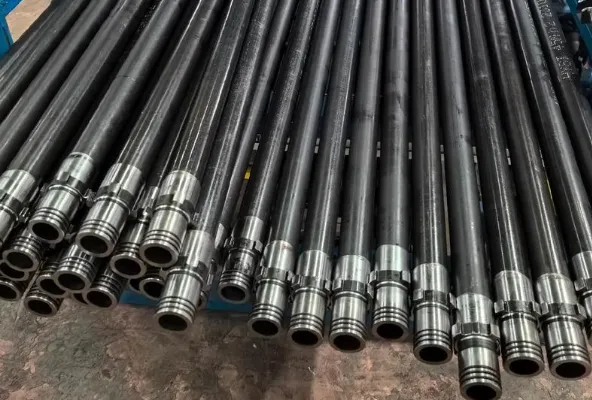
 Phone :
Phone :  Whatsapp :
Whatsapp :  Email :
Email : 


